As the years continued, Semantic Arts has grown and expanded. In 2020, Semantic Arts Canada and Semantic Arts UK were formed to better serve our clients and attract top talent from around the globe.
With a team of nearly 30 employees, we are well positioned to continue to serve existing clients as well as new ones along their journey towards a data-centric architecture. With clients of all sizes across multiple industries as well as projects within a variety of business units, odds are good we have the experience to help with any project.
Semantic Arts remains committed not only to serving clients, but also contributing to the greater field as thought leaders and innovators. You’ll find members of the team giving presentations at conferences, sharing knowledge with the next generation at universities, presenting trainings to companies wishing to develop semantic solutions, and writing/blogging about current industry trends.

